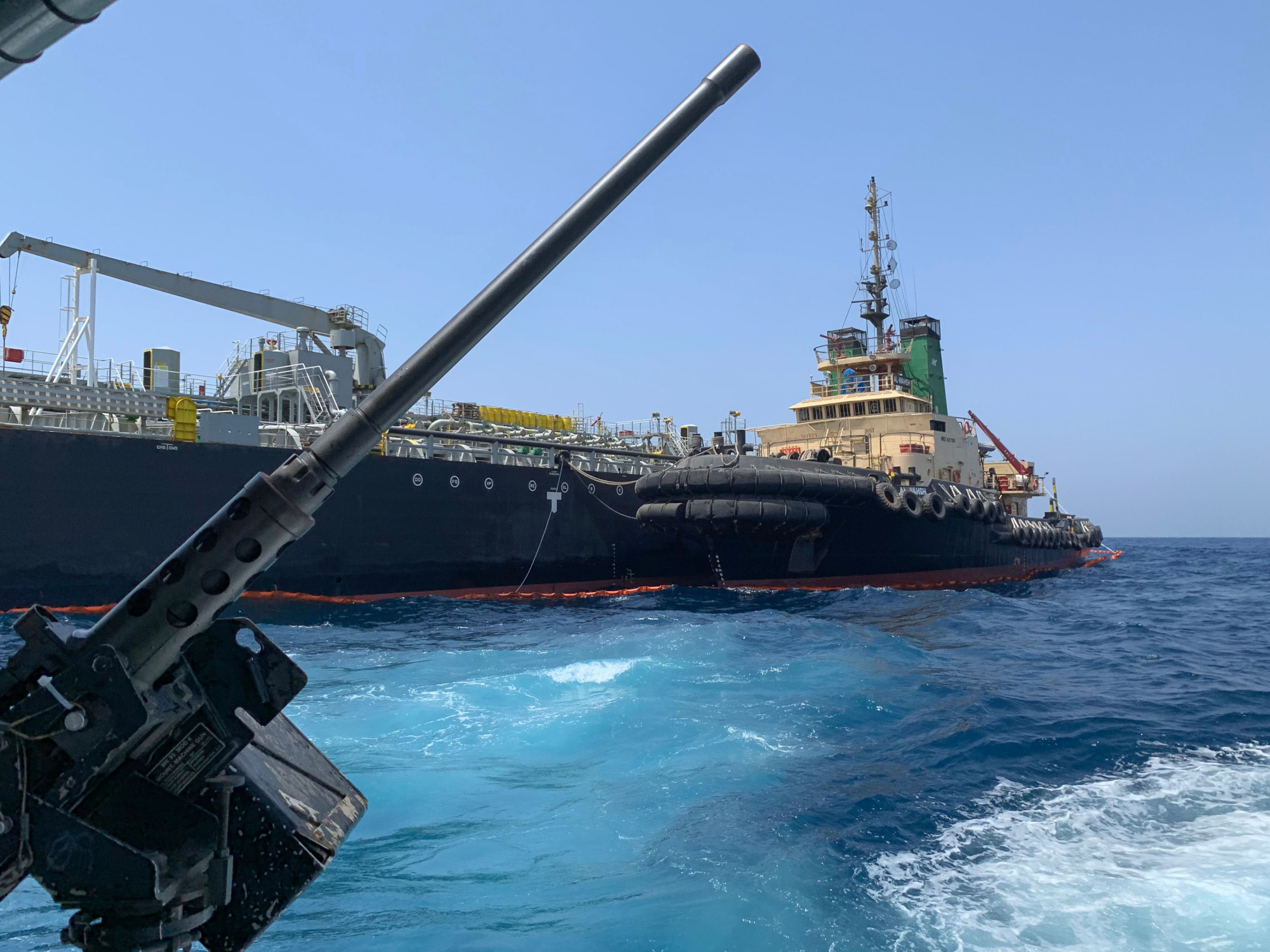What will constitute yet another act of war in the Middle East? On May 12, four oil tankers in the Gulf — two of them Saudi Arabian, one from the United Arab Emirates, and the other Norwegian — were attacked with explosives as they lay at anchor near the Strait of Hormuz. Then, on June 13, in the Gulf of Oman, just beyond the strait, two more tankers (one Japanese and the other Norwegian) were hit by mines. The U.S. government regards Iran as the obvious culprit, whereas Iran claims it is a victim of what U.S. President Donald Trump might call "fake news."
Regardless of who is to blame, the risk of a dangerous escalation is obvious. Following Iran's subsequent downing of a U.S. surveillance drone, the mutual recrimination has intensified and the risk of all-out war has grown.
The Strait of Hormuz, leading from the Persian/Arabian Gulf (even the choice of adjective is politically sensitive) to the Gulf of Oman and then to the Indian Ocean, is a 34 km-wide choke point through which one-fifth of the world's crude oil passes. Economic logic says that closing, or even narrowing, the strait will lead to higher oil prices and a global recession. Political logic says threatening the supply of the world's economic lifeblood will lead to military intervention by the United States and other outside powers — thereby adding another regional conflict to those in Syria, Yemen and Afghanistan.



















With your current subscription plan you can comment on stories. However, before writing your first comment, please create a display name in the Profile section of your subscriber account page.